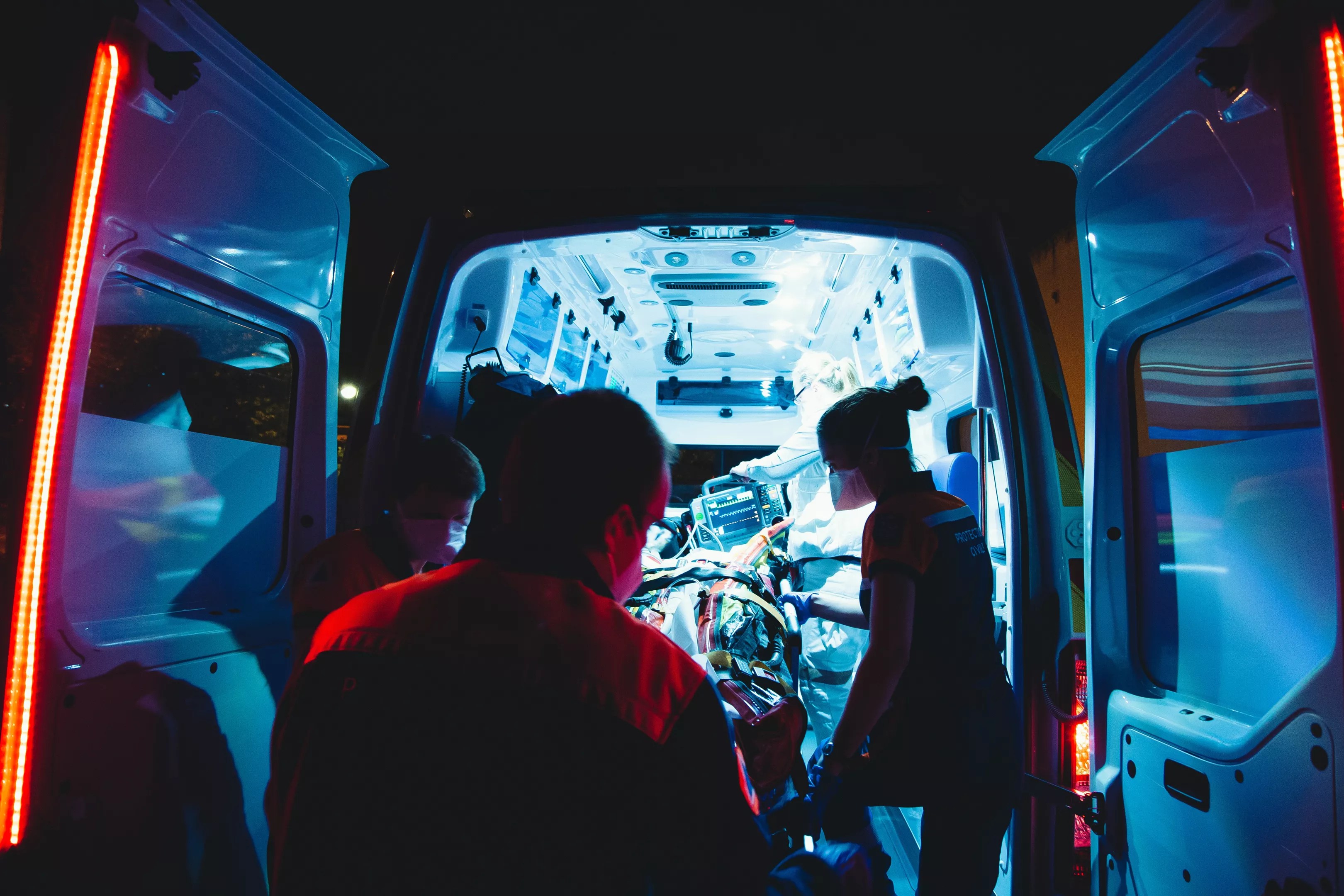
Matt Napo/Unsplash

Audio By Carbonatix
The minutes a 911 caller spends on the phone with an operator are often filled with frenzy and uncertainty. Attempts to describe an emergency can easily leave out key details that would help first responders know exactly what they’re responding to. A handful of North Texas cities have introduced new technological elements to their 911 service designed to make their emergency responses more specialized, efficient and effective.
According to an Aug. 30 press release from the city of Carrollton, a program called Prepared 911 was recently deployed at the North Texas Emergency Communications Center (NTECC), the joint 911 dispatch hub for Addison, Carrollton, Coppell and Farmers Branch. The highlight feature of the program is the use of livestream technology, which will enable dispatchers to get a glimpse in real time of the emergency.
The 911 dispatcher sends a link via text message to the caller, who can then opt-in to provide the livestream during the incident.
“The livestream is one-way, meaning that callers will not be able to see the face of the 911 dispatcher,” wrote a spokesperson for the city of Carrollton in an email to the Observer. “Callers can show their surroundings to dispatchers while still remaining connected on the phone with them and further describe the situation. Any video that dispatchers receive will also go directly to first responders to increase preparedness and direct the appropriate resources.”
Prepared Live 911 is being used by cities in Colorado, Maine and Maryland as well. The new video stream feature is in addition to the ability to text with a 911 dispatcher in the event the caller is unable to speak over the phone during an emergency. NTECC implemented that function in 2019.
“Callers can show their surroundings to dispatchers while still remaining connected on the phone with them and further describe the situation.” – city of Carrollton spokesperson
The voluntary livestream option does not require an app and works with a phone’s front-facing and rear-facing cameras. During the course of an emergency when the caller is livestreaming with the 911 dispatcher, the caller might be instructed on what to show or where to hold the phone so responders can comprehend the situation as much as possible.
Terry Goswick, NTECC executive director, said that the Prepared 911 program will be useful during almost any in-progress call. But, he noted, medical emergencies when someone is unable to breathe or has fallen are examples of the kind of emergencies that might benefit most from the livestream capability.
In situations where a few minutes can bridge the gap between life and death, the ability for a dispatcher to peek directly into a medical emergency could be game-changing. It’s long been standard practice for 911 dispatchers to relay instructions so a caller can perform chest compressions on a person who requires CPR. Now, a dispatcher can have a clear understanding of whether the compressions are working based on what they see, which should result in emergency personnel being better prepared for what to expect when they arrive.
Carrollton’s executive director of public safety, Rex Redden, thinks the site of a major car wreck is another emergency where livestreamed video can be pivotal.
“Dispatchers can see which lanes are closed and how extensive the wreck is,” he said, “which would allow them to send more resources to assist.”
For Redden, the advantage of the new livestream 911 call options is a simple equation that should result in better care for residents.
“Instead of having to wait for a responder to arrive, then request additional resources,” he said in the press release, “we will know sooner and can deliver those resources faster. It better informs us so that we can help our citizens more quickly, which is a win for everyone.”